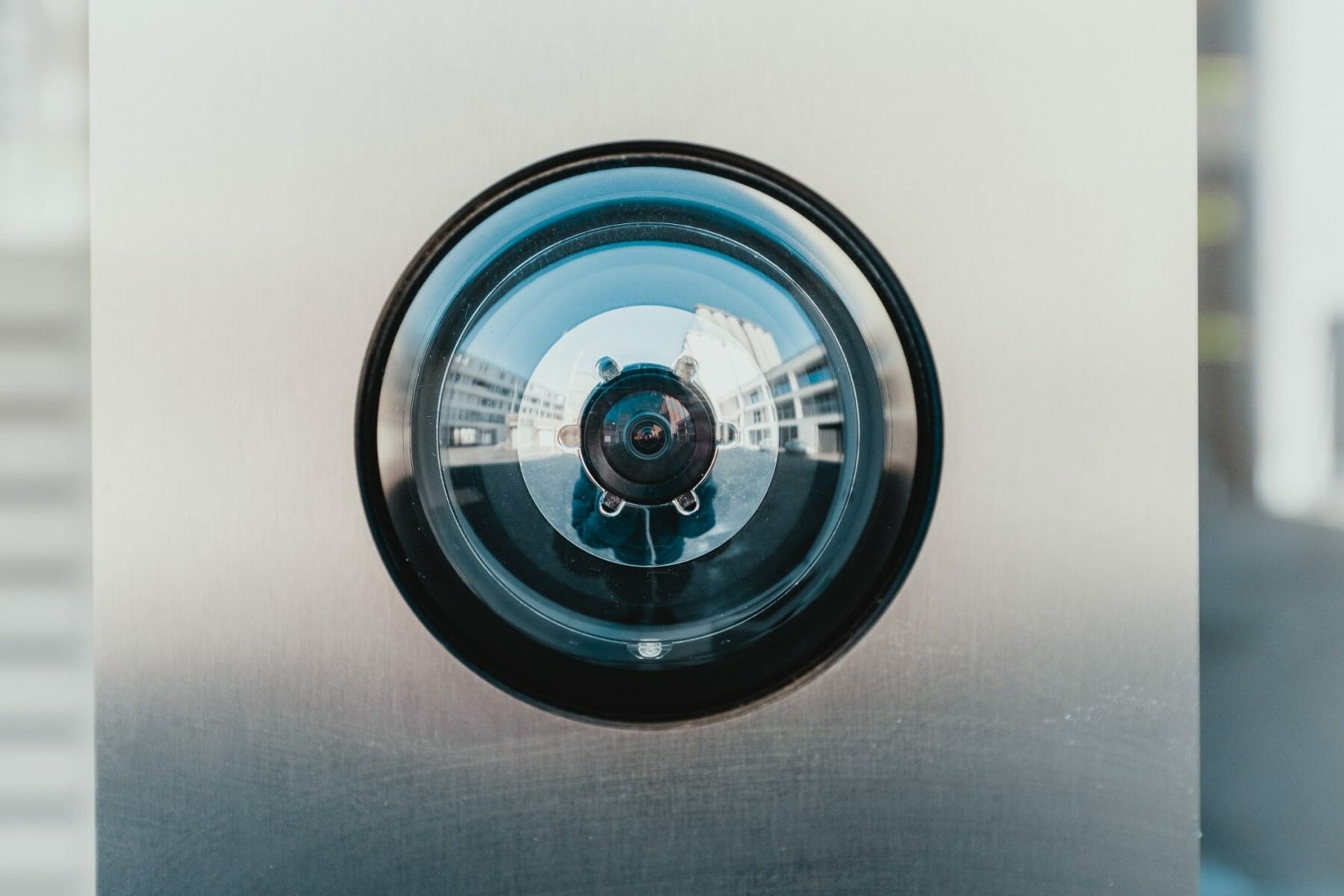
Articles
Editor’s Picks
Industry News
How VR in Journalism Education Keeps Learners Abreast With a Rocky Media Landscape
By Henry Kronk
June 26, 2018
Yesterday, eLearning Inside published an interview with University of Oklahoma professor Kathleen Johnson. An Emmy award-winning former news producer, Johnson now is a McMahon Centennial Professor at OU’s Gaylord College of Journalism and Mass Communication. Along with veteran war correspondent turned professor Mike Boettcher, she has introduced virtual reality (VR) in one of her classes.
In one sense, VR in journalism is still traditional journalism. Reporters will still be asking the ‘Five Ws and One H.’ But the new medium also brings along new ways in which people consume news, new ethical concerns, and new methods to gain a viewer’s trust.
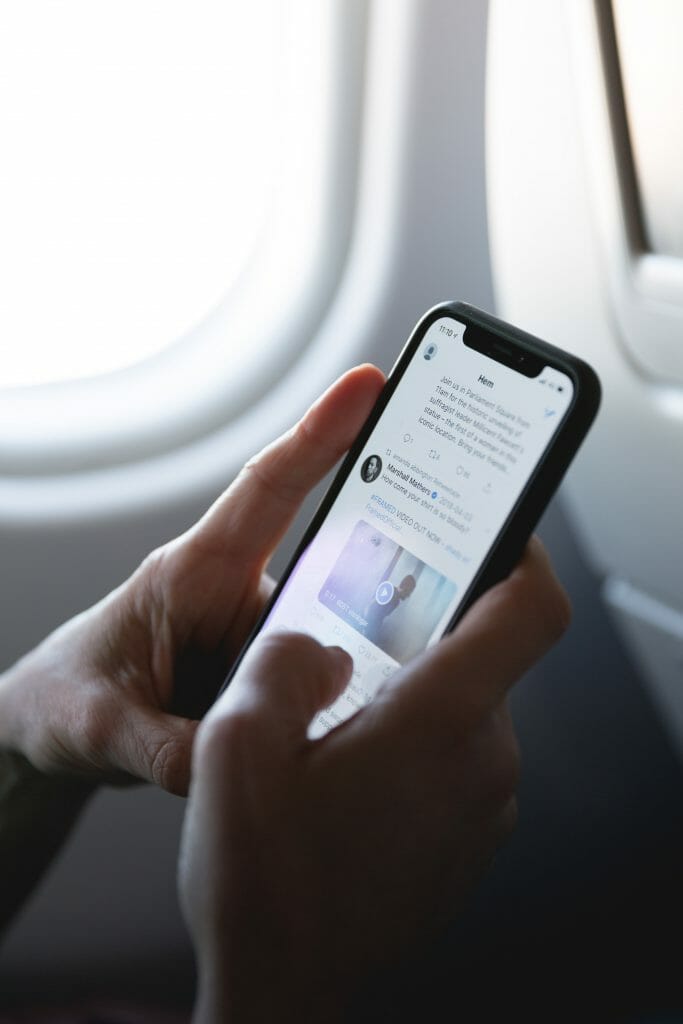
‘Mobile First’
To begin, VR in journalism demands that viewers watch it on their phones. Still, Johnson doesn’t believe that there will be a day when people make their coffee in the morning and then don their Oculus Rift to watch the news.
“We actually don’t use the headsets, even though we have some pretty nice ones,” Johnson said. “People put headsets on for video games. But they don’t want to bother with them for what I call normal journalism storytelling.”
“And often, they don’t use their computers, they want to use their cell phones. It’s pretty much mobile first I think now in journalism. So we try to produce stories that people can easily view on cell phones. And, in fact, as students are producing them, we ask them to upload them to Youtube and then take their cell phone and look at them. And if it’s not playing well on their cell phone, they need to reshoot it or re edit it or do something differently because that’s how people are going to watch it.”
The Ethical Concerns of VR in Journalism
Using VR to tell stories requires new forms of sensitivities and an awareness of who is on camera.
“In the past if you have a traditional camera, the public pretty much knows what a camera is,” Johnson said. “And they know that if they don’t want to be on camera, they stand behind the camera if they’re in a public place. Well, with 360º cameras, not only do they look very different—most people don’t know it’s a camera—but they don’t realize they’re in the frame.”
Routes TV DollHouse Cut from University of Oklahoma on Vimeo.
“When you’re in public, there is a presumption that you’re not going to be private. But nevertheless, we’re always very concerned with putting people on the air that don’t want to be. Especially when they’re very sensitive stories, like those surrounding immigration. We even shot in a nightclub this past spring. And we had a conversation about the privacy concerns of people in a nightclub. Yes, they’re out there to have fun, but they might not want everyone to know they were out. So there are all these things that come into play that we have to train students on every semester.”
Increasing Transparency
OU students first used the VR cameras last fall while covering the Oklahoma teacher walkouts. In collaboration with a local news station, they began a series called “Unfiltered,” which presented 360º footage of the demonstrations.
“By ‘Unfiltered,’ we mean we’re giving viewers the information raw and unedited so that they can see exactly what the people are saying with no bias at all,” Johnson said. “We try very hard to be fair and balanced, you know, to quote the catch phrase there. But of course, just by choosing what sound byte you’re going to use, you have made a decision that you’re not going to include another one. This [footage from VR cameras] allows viewers to hear exactly what somebody is saying from beginning to end without filtering it at all.”
“When you’re shooting in VR basically you’re seeing everything. And it is definitely raw truth. Now with everything, you can edit it, and you can cover things up with video. We found that out. You can actually take traditional video and then plant it in 360. It almost looks like a picture within a picture. And of course you can cover something up. There’s always a way you can filter something. But the point of VR is to not do that. It’s to allow people to really experience an event truthfully and fully. I think that’s what people really want to see.”
According to Johnson, VR in journalism has the potential to create a bridge of trust between journalists and viewers.
“The whole point behind shooting in VR and the Unfiltered project is to open the door and allow people to see what journalists really do. I think a lot of the fake news claims are really just an example of people not understanding how journalism works. You know, what kind of conversations happen in the news room.”

“When we did the teacher walkout in the fall with both traditional cameras and VR, one of the things we did was actually tell viewers—after seeing one of our projects—to ask questions. And then we went back out and asked those questions to the same people or similar people so that it’s basically as transparent as it can possibly be. And people did. People asked, ‘Why’d you say that the way you did?’ ‘Why are you not covering this part of the walkout?’ And we were able to say, ‘Well, we didn’t ask that because those people weren’t there. That school didn’t show up at the capitol.’ And then people realized, ‘Oh you’re not leaving those people out, they just didn’t show up.’ A lot of where these misunderstandings happen is when people don’t understand how this works. The more transparent we are as journalists, the better off we’re going to be, the more the public’s going to trust us again.”
“It’s frustrating to all of us doing traditional journalism when we hear those fake news claims. Even on my personal Facebook page, I’ve had these conversations just yesterday with friends and family members who are upset about how stories on immigration and how these children are being housed is handled by the media. There’s always this lashing out at the media when they don’t like the overall situation that the media had nothing to do with creating. But they like to go after the messenger. That’s always been the case. I don’t think this is new, I think we’re just more sensitive to it.”
That’s one area where VR in journalism has a lot to offer. When Johnson’s classes shoot traditional broadcast media in a studio, they’ve begun to place the 360º in the mix as well. With VR, viewers can see the entire set with the wires, ladders, and lights scattered around. It breaks down the illusion created in the studio. And in Johnson’s view, that’s the best way to encourage transparency.
“When I take the time to explain why stories are told they way they are, I can see lightbulbs going off. But when journalists get angry at the public and demand that they see it the way we see it, then we’re failing. That’s not the way to handle this. We have to maintain touch with reality. If they think we’re being dishonest, we have to go the extra mile to show them we’re not. And it’s a pain, it takes a lot of work, but we have to do it for the sake of the future of journalism.”
Cover Image: Bernard Hermant, Unsplash.


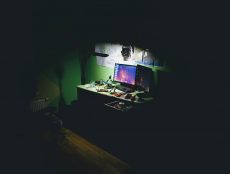
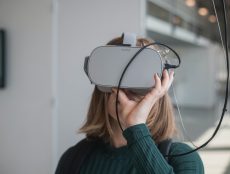
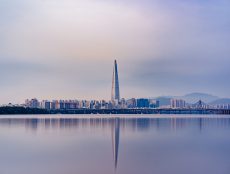


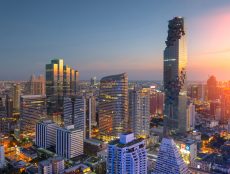

No Comments